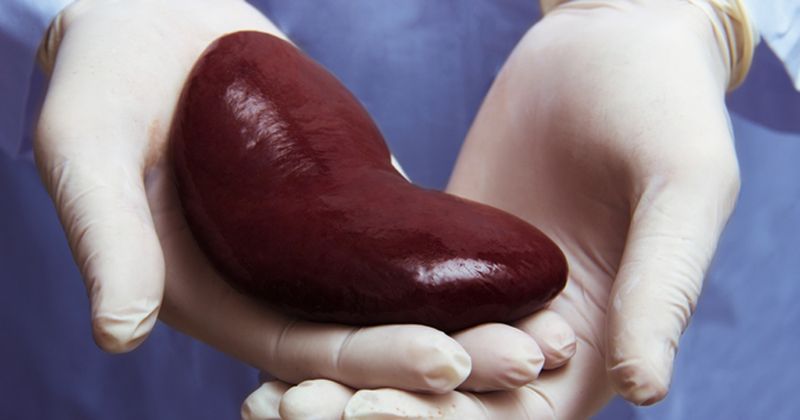Use of kidneys from COVID-positive donors has increased, not linked to worse outcomes
Key takeaways:
- Risks for graft failure and death were not higher after kidney transplants from donors who had COVID-19.
- Kidneys from donors with COVID-19 history are now used at similar rates as those without this history.
Kidneys from donors with COVID-19 history are not associated with worse transplant outcomes and are used at higher rates now than earlier in the pandemic, according to a study presented at ASN Kidney Week.
“Every possible strategy to increase the organ pool is important, including using organs from patients infected with COVID-19,” Mengmeng Ji, PhD, MS, MBBS, lead author of the study, told Healio. “Our findings provide evidence that the use of kidneys from active or resolved COVID-19-positive donors yields safe outcomes, which provides useful information for kidney transplant professionals and patients.”

The retrospective cohort study analyzed data from the Organ Procurement and Transplantation Network using multivariable logistic regression. Ji said the study was the largest and longest yet to examine transplant outcomes and donor COVID-19 positivity, with the most comprehensive list of covariates.
Kidneys from active COVID-19-positive donors were not associated with increased risk of graft failure (adjusted hazard ratio [aHR] = 1.03; 95% CI, 0.78-1.37) or death (aHR = 1.17; 95% CI, 0.84-1.66). There were similar results for those with resolved COVID-19-positive donors (graft failure: aHR = 1.10; 95% CI, 0.88-1.39; death: aHR = 0.95; 95% CI, 0.7-1.28).
For kidneys from active COVID-19-positive donors, rates of non-use declined from 2020 (adjusted OR [aOR] = 11.26; 95% CI, 2.29-55.38) through 2022 (aOR = 1.47; 95% CI, 1.28-1.7), but remained higher compared with kidneys from donors without COVID-19.
For kidneys from resolved COVID-19-positive donors, non-use rates were higher in 2020 (aOR = 3.87; 95% CI, 1.26-11.9) and 2021 (aOR = 1.94; 95% CI, 1.54-2.45), but became about even with non-COVID-19 kidneys in 2022 (aOR = 1.09; 95% CI, 0.94-1.28).
By 2023, rates of non-use were no longer elevated among kidneys from active COVID-19-positive donors (aOR = 1.07; 95% CI, 0.74-1.63) or resolved COVID-19-positive donors (aOR = 1.18; 95% CI, 0.80-1.73).
“As COVID-19 transitions from pandemic to endemic, the decision to accept kidneys from SARS-CoV-2-infected deceased donors remains an urgent concern, necessitating continued evaluation of accumulated insights to enhance future practices,” Ji said. “For instance, while our study focused on all-cause mortality, future research examining deaths directly linked to COVID-19 in both donors and recipients of COVID-positive kidneys could yield further insights.”
Reference:
Mengmeng J, et al. TH-PO862. Presented at: ASN Kidney Week; Nov. 2-5, 2023; Philadelphia.
